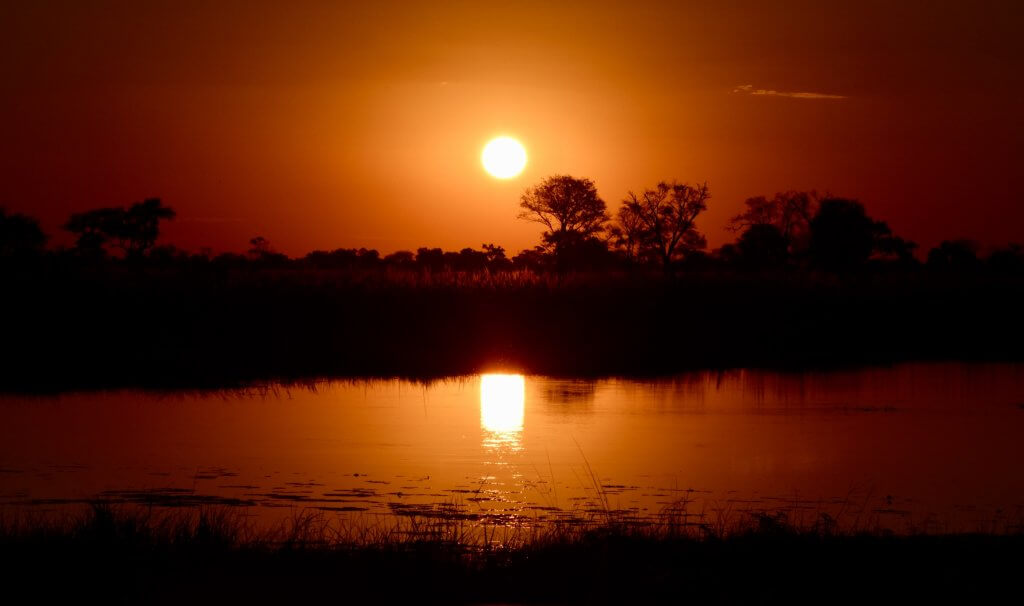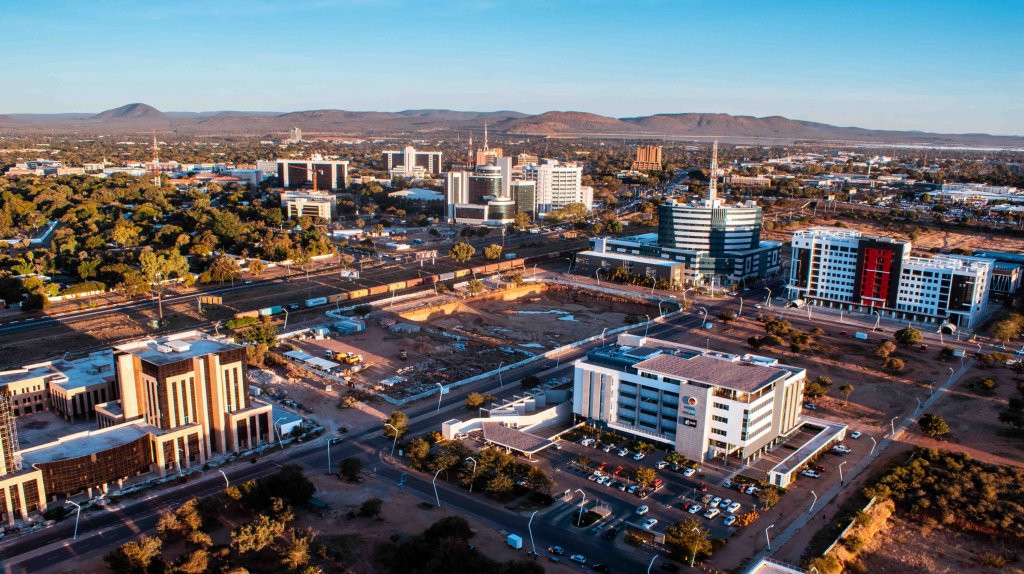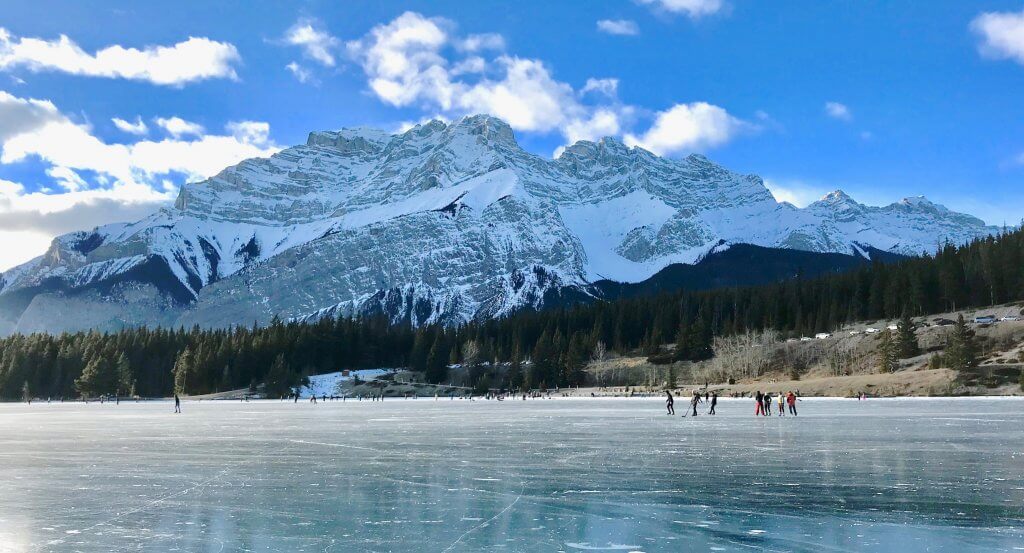Botswana Diamonds
Key Takeaways
- The De Beers Mining Group and the Botswana Government have a 50/50 partnership – coined Debswana – to oversee four mines in the country. Opara is the biggest, oldest, and most celebrated – producing 10 million carats worth of diamonds per year.
- The diamond industry compromises 35% of Botswana’s economy. Diamonds are the country’s largest export, while it also offers plenty of employment opportunities for its people.
- Botswana’s position as a global leader means it is a key reference for countries looking to bolster their own diamond production. It has a commitment to sustainability and was an early participant in the Kimberley Process. The country is working to level up the country by utilizing its thriving diamond industry.

The Republic of Botswana sits just north of South Africa. Much of its landmass comprises the Kalahari Desert – an area rich in human history, as well as many species of plant and animal, despite the fact that its name is derived from Kgalagadi, meaning ‘waterless place’.
It’s a country that boasts a thriving natural world, filled with sights most of us can only imagine: salt pans stretching into seemingly endless blue skies, sunsets over deltas abundant in fauna, and some of the most awe inspiring national parks the world has ever seen.
Botswana also holds a complex political history. For a little under 80 years, the country was kept under the control of the British Empire, which did little to improve its economic status. By 1966, however, the country claimed independence and began growing its economy through agriculture, tourism, high-tech, mining precious and semi-precious metals and, most famously, diamonds.
Home to the world’s largest diamond mine by area, and one of the world’s most prominent producers of rough diamonds – not to mention the most prominent producer of rough diamonds in African – Botswanan diamonds are a common find on the global market.
The Background
The famous diamond mining group De Beers uncovered a bountiful source of kimberlite (a crumbly rock containing rough diamond, found in ‘pipes’ that reach down into the earth) in Orapa in central Botswana. De Beers’ attention was drawn to Orapa just one year after the country claimed its independence from the British Empire – a discovery that would prove transformative for the country’s economic status.
The Orapa Diamond Mine was opened, and is now revered as the largest diamond mine in the world. Termed the ‘diamond capital’ of Botswana, it now produces more than 10 million carats of diamonds each year.
De Beers entered into a longstanding 50/50 partnership with the Botswanan government. Their joint venture operates under the name ‘Debswana’, and overseas four mines within the country. Orapa remains the oldest and most celebrated mine, as a result of the pivotal role it played in helping Botswana to achieve independence.
Roads, schools, vital infrastructure, and healthcare all became feasible with the growth and development of the country’s economy. Well over half of Botswana’s exports are represented by diamonds, along with around 35% of its GDP, and Debswana’s influence has helped the country largely overcome the tragic impact of HIV infections that once gripped the population.
The ties between De Beers and the Botswanan government grew in size and stature. Much of De Beers’ international sales of rough diamonds take place in Botswana, for instance, and has down since the company relocated to Gaborone in 2013.
What You Need to Know
Botswana’s commitment to creating a sustainable and robust infrastructure around diamonds, and, in particular, for those employed at every stage in the pipeline, is testament to how positive an impact this industry can have on a country. In less than a century, the Botswanan government and De Beers have transformed an ailing economy, created innumerable positive employment opportunities for men and women, and ensured that the country is able to educate and support its younger population.
De Beers’ influence continues to grow the opportunities not just for those involved directly in mining and cutting the diamonds produced in their four Debswana mines, but also for many other Botswanans, too.
Botswana was among the first to participate in the Kimberley Process and, to this day, is regarded as one of the world’s most abundant sources of ethical and sustainably sourced diamonds. This is so much the case that, in 2017, Prince Harry proposed to Meghan Markle with a diamond sourced from Botswana – symbolic of his ongoing commitment to rhino conservation within the country.
This was, of course, yet another string to the bow for Botswana’s diamond industry – a strong sign of the positive influence it has had on the world at large.
Following a recent visit to the country, Italian filmmaker Livia Firth commented on finding, “a new vision for doing business in a responsible way”, rather than a typical ‘supply chain’. You can read more about her experience here.
Traceability
Thanks to strong influence of Debswana, Botswana is able to keep a close eye on the rough and cut diamonds being exported out of the country. In many ways, it stands as a role model for many countries still working to bolster their own diamond production, and offers the roadmap for them to ensure that these gemstones can have a decidedly positive impact not only on those who mine and cut and trade them, but also for the rest of the economy and population.
After all, schools created for just the children of miners, and hospitals made available only for those employed by these diamond producers, are only doing half the job. Botswana’s decision to bolster diamond production with a view to improving the country at large is why it is so highly regarded within the diamond industry.
There is no knowing precisely when Botswana’s diamond reserves stop yielding the levels we see leaving the country today – and, inevitably, the finite nature of this resource means that the day will come when Botswana’s attention refocuses. However, it is clear to see – even now – that the work done by Debswana has laid long-term groundwork, and that the improvements to the country’s economy and infrastructure made over the past seventy to eighty years will continue to support Botswana through further change and development.
Famous Botswanan Diamonds
2015 saw the second largest gem quality diamond in the world, the Lesedi La Rona (Tswana, which translates to “Our Light”) mined from Debswana’s Karowe mine. It weighed 1,111 rough, and was cut into an Emerald weighing 302.37 carats (along with more than 60 smaller diamonds).
Then, in 2021, the third largest gem-quality diamond in the world was mined from the Jwaneng mine. Weighing in at 1098.3 carats, it will take some time before the diamond can be cut in a way that preserves as much size as possible – but it has already been suggested that the proceeds of this stone will support ongoing economic development in Botswana.
Are Botswana Diamonds Conflict Free?
Yes, Botswana has been a member of the Kimberley Process since 2003, was Chair in 2006, and Vice Chair in 2005 and 2020.
And, according to the Kimberley Process, Botswana currently represents the second largest producer of conflict free diamonds in the world – and the largest in Africa.
Are Botswana Diamonds Good Quality?
While the quality of any diamond depends on the diamond itself, and not its country of origins, diamonds sourced from Botswana can have a profoundly positive impact on the country’s economy.
‘Good quality’ is a term usually reserved for the visual aspects of the diamond. The cut, the light performance, the clarity, and color. As with any source of diamonds, Botswana will export plenty of beautiful, eye clean diamonds – and plenty of diamonds that may not meet your standards for visual quality.
But, as you likely know by now, visual quality is only half the story. True, it’s vital to your ability to make a solid choice, but so is the other half of the story: the ability to trust that your diamond represents a part of the world that actively invests into its people and its environment.
Our Summary
Botswana stands as testament to the true power of the diamond industry, and a lasting legacy its pioneers can leave on an entire country. It also stands as a shining example for countries that are slightly further behind in developing their diamond industries, and to consumers from half the world away still concerned about the ethics of purchasing a real, earth-created diamond.
Diamond mining in Botswana supports the most significant export the country has, and, as a result, boasts some of the most promising opportunities to new generations looking to continue pushing the country’s development forward – particularly for those who would have otherwise struggled to find those footholds.
Natural Diamonds, for instance reports on the story of Naseem Lahri, who is just one of countless Botswanan women who found their own route into once male-dominated workplaces.
Stories like this are inspirational, but they’re no longer rare – both within Botswana, and beyond it.
If you have never invested in a diamond before, then it’s easy to feel wary based on old assumptions – old stories that made their mark on the world, and were then used to fuel change. Nowadays, however, consumers only need to look in the direction of countries like Botswana, South Africa, and Namibia to see quite how positive an impact diamonds can have – and how detrimental it can be to assume otherwise.
As always, traceability is key. Finding a jeweler who can ensure the level of transparency and awareness we all need in order to make a genuinely beneficial investment is vital. At WillYou.com, our Jewelry Store Locator can put you in contact with a local jeweler – one who meets our high standards for sourcing their materials, and demonstrating a responsibility for the wider world of diamonds.

Dec 24, 2021 By Willyou.net
What are Botswana-Sort Diamonds?

Dec 24, 2021 By Willyou.net
Canadian Diamonds








